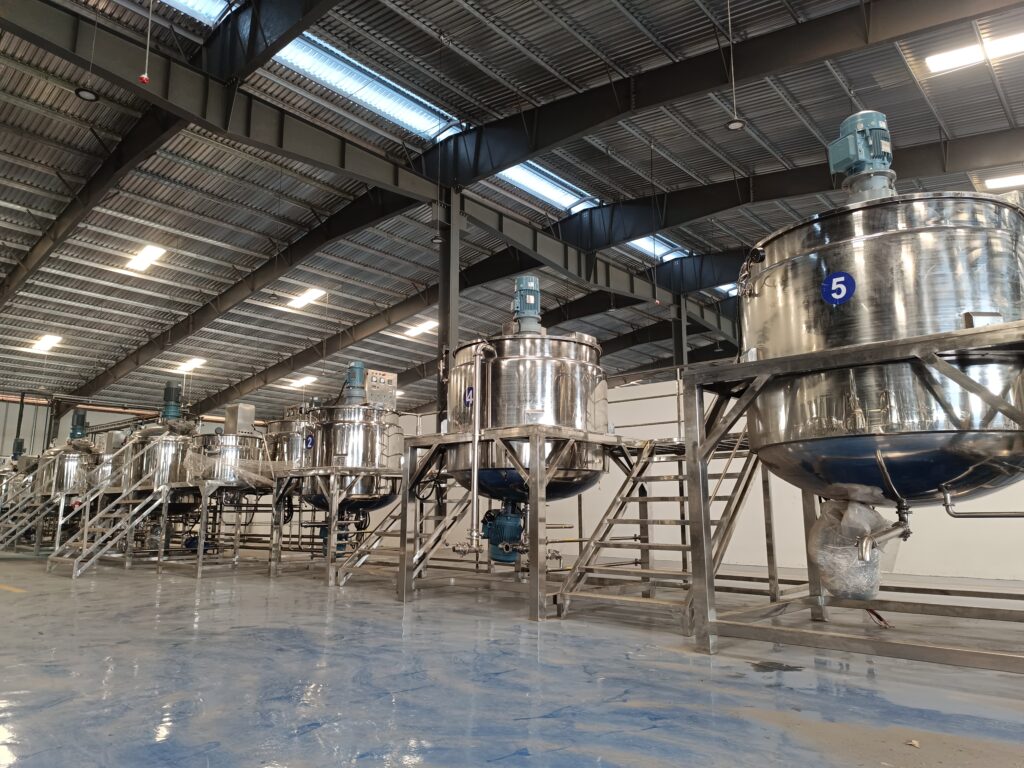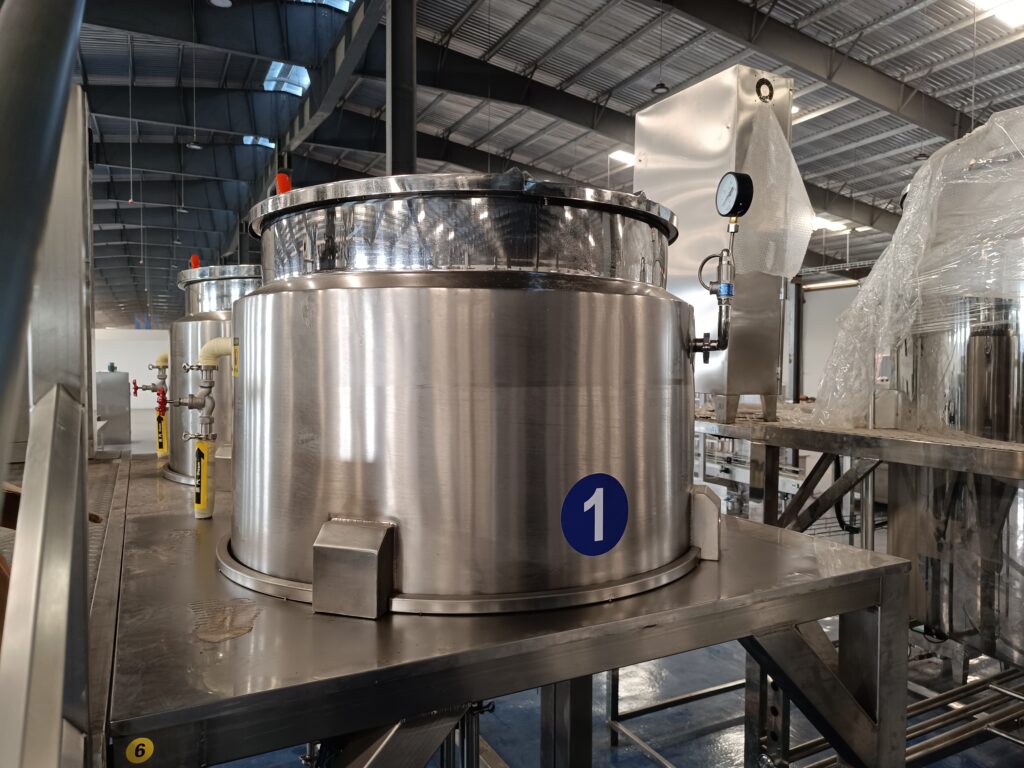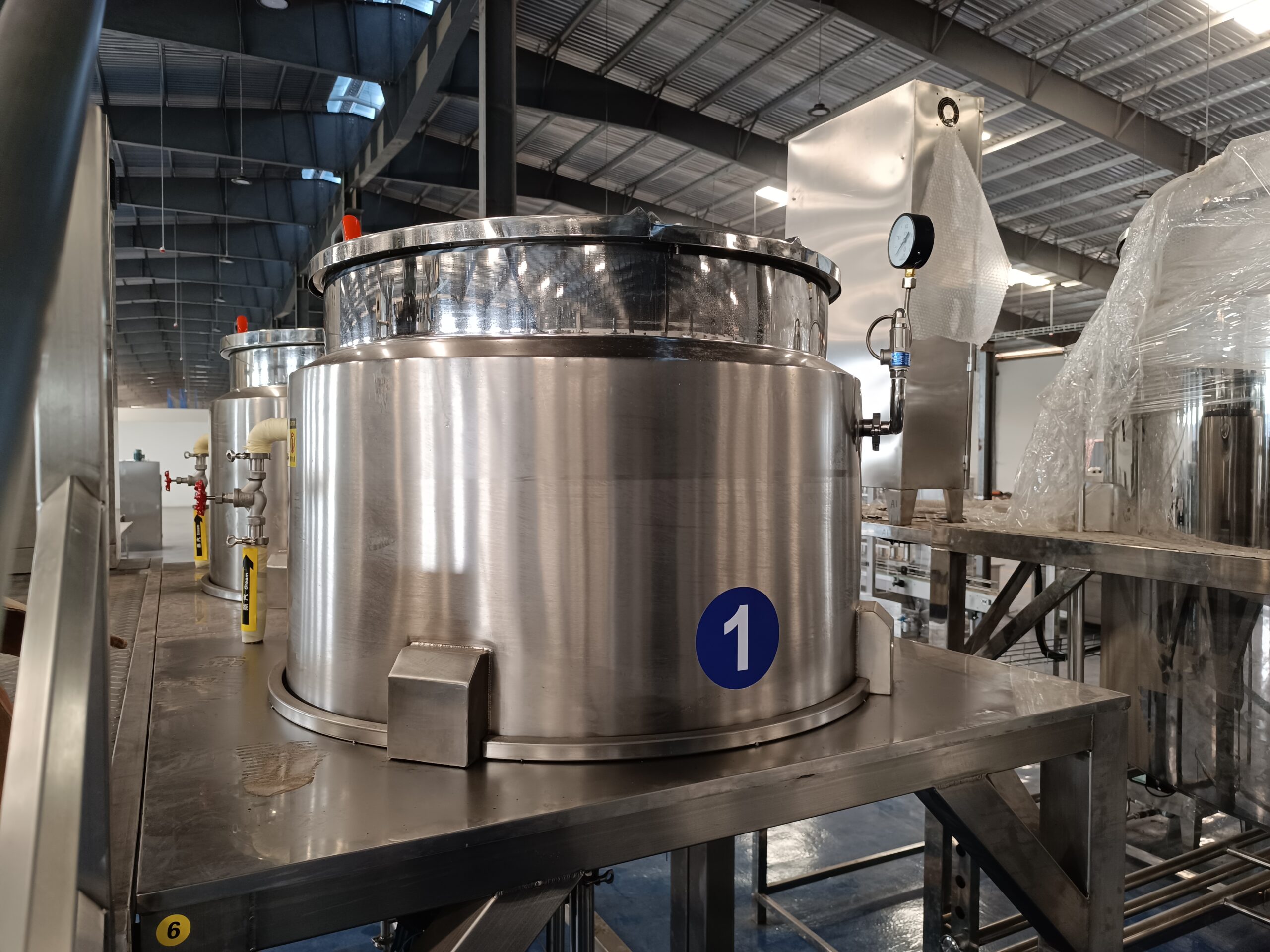The manufacturing and production of skincare lotions involve a series of steps, from the selection of ingredients to the final quality control checks.
Ingredients
Skincare lotions are typically composed of various ingredients, each serving a specific function. Common ingredients include emollients (e.g., cetyl esters, glyceryl dilaurate, lanolin oil), emulsifiers (e.g., cetearyl alcohol, stearic acid), fragrances, humectants (e.g., glycerin), occlusives (e.g., dimethicone, lanolin oil), pH adjusters (e.g., sodium hydroxide), preservatives (e.g., alcohol denat., DMDM hydantoin, methylparaben, Propylparaben), and solvents (e.g., water, alcohol denat.)
Other beneficial ingredients for lotions include ceramides, hyaluronic acid, glycerin, squalene, and lactic acid. These ingredients are chosen based on their ability to moisturize the skin, improve its texture, and provide other benefits.
Creating a skincare lotion that serves the purpose of moisturizing and anti-aging involves careful selection of ingredients that cater to these specific needs. Here’s a basic formulation that you can consider:
- Emollients: These are used to soften and smooth the skin. Examples include cetyl esters, glyceryl dilaurate, and lanolin oil
- Emulsifiers: These help to mix oil and water. Examples include cetearyl alcohol and stearic acid
- Fragrances: These are used to give the product a pleasant smell
- Humectants: These help to retain moisture in the skin. Glycerin is a common humectant
- Occlusives: These help to prevent water loss from the skin. Examples include dimethicone and lanolin oil
- pH Adjusters: These are used to maintain the product’s pH at a level that is safe and effective for skin. An example is sodium hydroxide
- Preservatives: These are used to prevent the growth of bacteria and fungi in the product. Examples include alcohol denat., DMDM hydantoin, methylparaben, and Propylparaben
- Solvents: These are used to dissolve other ingredients. Water and alcohol denat. are common solvents
Other beneficial ingredients for lotions include ceramides, hyaluronic acid, glycerin, squalene, and lactic acid
Ingredients:
- Water (60-75%): This forms the base of your lotion
- Emollients (5-15%): These help to soften and smooth the skin. Examples include isopropyl isostearate, cetyl esters, glyceryl dilaurate, and lanolin oil
- Emulsifiers: These help to mix oil and water. Examples include cetearyl alcohol and stearic acid. Examples of emulsifiers include lecithin
- Humectants (3-20%): These attract water to the skin, helping to keep it hydrated. Glycerin is a commonly used humectant
- Glycerin: This is a key ingredient in many anti-aging moisturizers
- Occlusives: Occlusives are moisturizing agents that work by forming a protective layer on the surface of the skin, creating a barrier to prevent moisture loss and protect the skin from external irritants such as friction, cold wind, and pollen. They are usually oily or waxy and help to soothe dry or dehydrated skin by reducing water loss through the skin. Examples of occlusive ingredients include petrolatum, shea butter, mineral oil, lanolin, beeswax, and various oils
- Hyaluronic Acid: This ingredient helps to hydrate the skin and is particularly beneficial for dry skin
- Retinol (Vitamin A): This ingredient can help reduce the appearance of fine lines and wrinkles
- Vitamin C: This ingredient can help improve the appearance of aged skin and enhance skin metabolism
- Ceramides: These are fats found in the layers of your skin that you lose as you age. They can help keep wrinkles away
- Peptides: These are groups of amino acids that help make proteins, including collagen, the main protein found in your skin. They can help firm sagging skin
- Antioxidants: These protect the skin from free radicals, regenerate, and moisturize the skin
- Preservatives: These are necessary to prevent microbial growth and extend the shelf life of your product. The type and amount will depend on your specific formulation and should comply with FDA regulations
Formulation Process:
The formulation process you’ve outlined is a common method for creating emulsions, such as lotions or creams, which are mixtures of oil and water. Here’s a more detailed explanation of each step:



- Phase A: Heat the water and dissolve the humectants in it.
In this phase, water is heated and humectants, which are substances that help retain moisture, are dissolved in it. The temperature to which the water is heated can vary depending on the formulation and viscosity, but it often ranges between 110 – 185℉ (45 – 85℃).
- Phase B: Heat the emollients and other oil-soluble ingredients separately.**
Emollients and other oil-soluble ingredients are heated separately from the water phase. Emollients are substances that soften and smooth the skin. This phase may also include the melting of certain ingredients, such as cetyl alcohol and stearic acid.
- Emulsification: Slowly add Phase B to Phase A under constant stirring until a homogenous mixture is obtained.
Emulsification is the process of combining the oil phase (Phase B) with the water phase (Phase A) to form a stable mixture. This is achieved by slowly adding the oil phase to the water phase while stirring constantly. Emulsifiers, which are surface-active agents, are used to facilitate this process[2][10].
- Cooling Phase: Allow the emulsion to cool and then add sensitive ingredients like vitamins and preservatives. After the emulsion is formed, it is allowed to cool. Once cooled, sensitive ingredients such as vitamins and preservatives, which might be degraded by heat, are added.
- Final Adjustments: Adjust the pH if necessary and add any fragrances or colorants if desired. The pH of the emulsion is checked and adjusted if necessary. The pH level is important for the stability of the product and for skin compatibility. Common substances used to adjust pH include citric acid and lactic acid[8]. Fragrances or colorants can also be added at this stage to enhance the sensory attributes of the product.
- Packaging: Once the lotion has cooled and thickened, it can be packaged into your chosen containers.
After the final adjustments, the lotion is allowed to cool and thicken. Once it reaches the desired consistency, it can be packaged into containers. The packaging process should be done carefully to avoid contamination of the product.
It’s important to note that the exact process can vary depending on the specific formulation and ingredients used. For example, some formulations might require a “heat and hold” method, where the oil and water phases are separately heated to a certain temperature and held at that temperature for a specific period of time before they are combined. Other formulations might use a cold process method, where the ingredients are combined at or near room temperature.
Quality Control
Quality control is a crucial aspect of skincare lotion production. It involves collecting and analyzing data related to the production process, quality inspection, customer feedback, and adverse event records.
Quality control measures include:
1. Raw material records: These record the source of each batch of raw materials, supplier information, batch number, production date, expiration date, etc.
2. Formulation record: This records the formula of each product, including ingredient name, dosage, unit, manufacturing method, etc.
3. Production records: These record the detailed information of each production, including production date, batch number, production times and temperatures, quality control test results, etc.
Quality inspection and analysis of skincare products is an important step to ensure the safety and effectiveness of the products.
Regulations
Due to the health claims made by the manufacturers, some lotions are considered over-the-counter (OTC) drugs by the U.S. Food Drug Administration (FDA) and must be labeled in the same way as other OTC products. The labeling includes calling out an active ingredient as well as the inactive ingredients[1].
In conclusion, the production of skincare lotions is a complex process that involves careful selection of ingredients, precise manufacturing procedures, and rigorous quality control measures to ensure the safety and effectiveness of the final product.








Leave A Comment